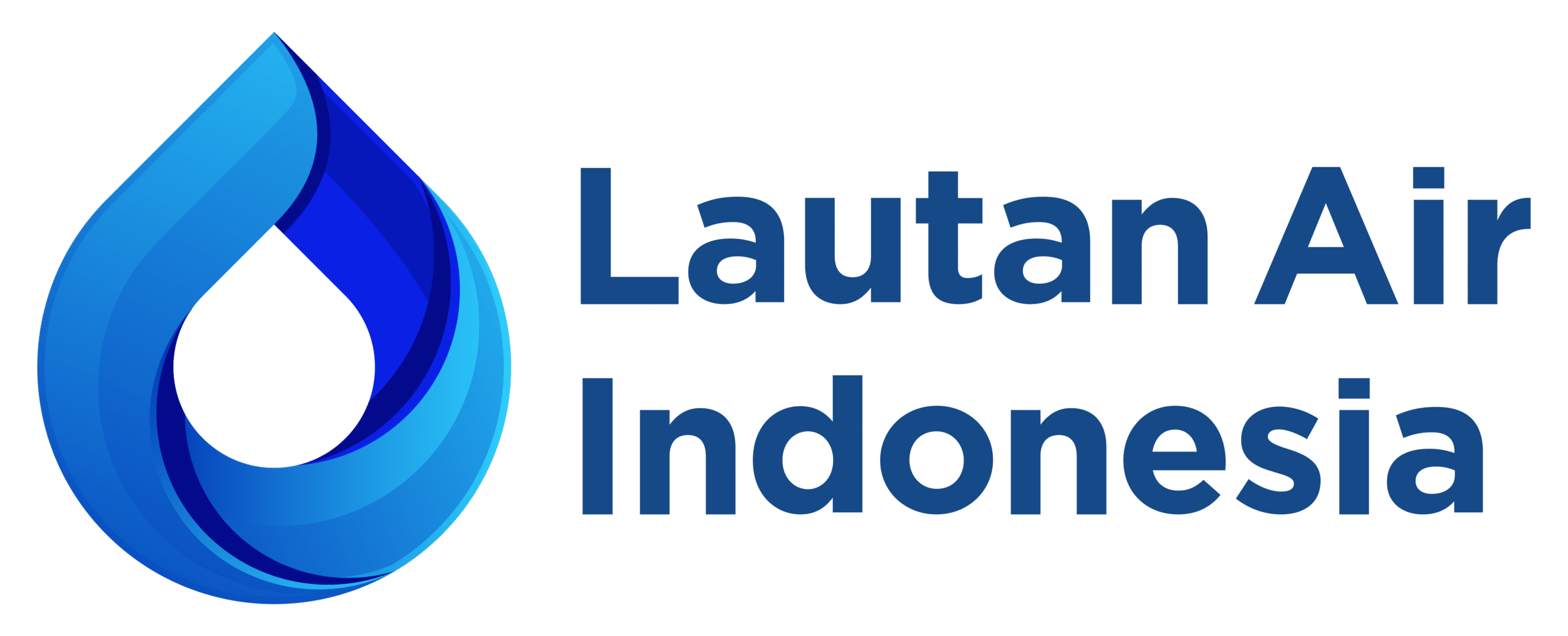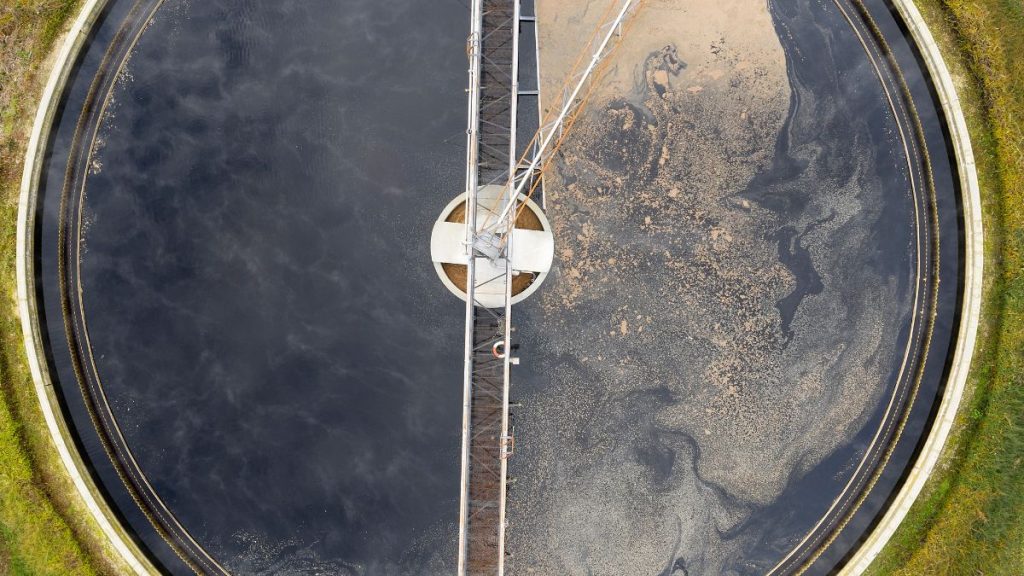High solid content effluent is one of the biggest challenges in industrial and domestic wastewater management. When the solids content in the effluent exceeds the recommended threshold, it not only disrupts the efficiency of the wastewater treatment system but also directly impacts the environment and regulatory compliance.
Causes of High Solid Content Effluent
Several technical factors within the wastewater treatment system can contribute to high solids content in the effluent. The following are the main factors that often contribute to the problem:
1. Low Sludge Pumping Rate
If the sludge pumping rate from the clarifier or sedimentation unit is too low, the sludge will settle in the system and accumulate in the tank. As a result, some of the sludge will be carried out with the effluent, increasing the amount of solids removed.
2. Low Sludge Retention Time
A sludge retention time that is too short results in suboptimal separation of solids from water. As a result, suspended solids do not completely settle and are discharged with the effluent.
3. High Sludge Retention Time
Conversely, excessively long sludge retention time also has negative impacts. This causes the sludge to become too old, undergo lysis (cell rupture), and allow fine solids to re-enter the effluent stream.
4. Filamentous Bacterial Growth
Excessive growth of filamentous bacteria causes the sludge to become light and buoyant. This condition disrupts the settling process and increases the possibility of sludge carryover into the final effluent.
5. Hydraulic Overload
The introduction of large amounts of water into the treatment system in a short period of time, whether due to rainfall, leaks, or operational changes, can cause the system to overload. As a result, the wastewater does not have enough time to optimally pass through the treatment stages and carry solids out with the effluent.
Read Also: How to Overcome High Sludge Volume Index (SVI) in Wastewater Treatment
Impacts of High Solid Content Effluent
High solids content in effluent has several serious consequences for both industrial operations and the environment:
- Non-compliance with quality standards stipulated in government regulations (such as Regulation of the Minister of Environment and Forestry No. P.68/MENLHK/Setjen/Kum.1/8/2016).
- Fines and administrative sanctions due to environmental pollution resulting from the release of effluent that does not meet standards.
- Disruption of downstream operations, especially if the effluent is channeled to reuse units, irrigation, or discharged into receiving water bodies.
- Decreased efficiency of processes such as filtration, disinfection, or reverse osmosis if the solids content is too high.
- Increased operational costs due to the need for more frequent backwashing, faster filter media changes, and potential fouling of the membrane system.
Read Also: Poor Effluent Quality in Clarifier Tanks: Identifying and Resolving Flow Rate Issues
Solutions to Maintain Controlled Effluent Quality
As a trusted partner in water and wastewater management, Lautan Air Indonesia offers a variety of technical solutions and integrated services to help customers address and prevent high solid content effluent:
1. System Audit and Operational Optimization
Lautan Air Indonesia provides comprehensive audit services for wastewater treatment systems, including evaluation of sludge retention time, pump rates, and hydraulic loads. Our technical team will assist in adjusting operational parameters to maintain system stability.
2. Chemical Recommendations and Supply
We provide a range of wastewater treatment chemicals, including:
- Coagulants and flocculants are specially formulated to enhance solids settling.
- Disinfectants and pH adjusters to maintain final effluent quality according to environmental standards.
- Defoamers and antifoam agents if high solid content is accompanied by foaming symptoms caused by filamentous bacteria.
3. IoT-Based Monitoring and Control
Through our Controller & IoT solutions, customers can monitor TSS (Total Suspended Solids) levels in real time. This system allows early detection of potential solids spikes in effluent and takes preventative action before quality violations occur.
4. Operation and Maintenance (O&M) Services
Lautan Air Indonesia’s O&M team is ready to assist customers in the daily operation of their wastewater treatment systems, ensuring sludge is pumped consistently and all units are operating within design parameters. This service is especially helpful for customers who do not have a dedicated in-house technical team.
Need Help Addressing High Solid Content Effluent?
If your wastewater treatment system is experiencing a spike in solids content or the effluent does not meet environmental quality standards, don’t hesitate to consult with Lautan Air Indonesia’s technical team.
With over four decades of experience and supported by a network of chemical plants and experts throughout Indonesia, Lautan Air Indonesia is committed to providing integrated, accurate, and sustainable solutions for all your water treatment needs.
We not only provide products and services, but also serve as strategic partners who understand the technical challenges in the field and are able to design solutions tailored to the conditions of each industry. Contact us now for a consultation or visit our website at www.lautanairindonesia.com



